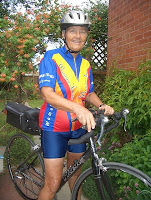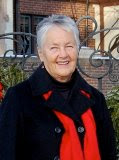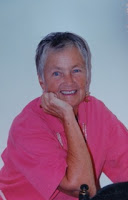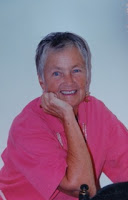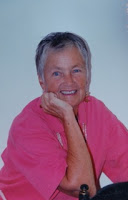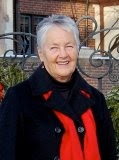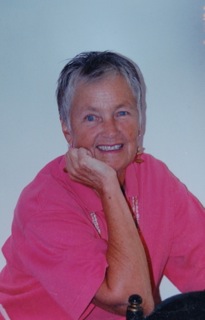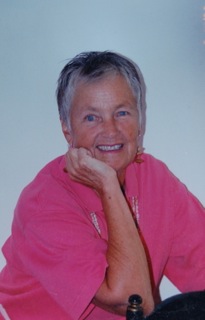I can hear it now. “She will be scarred for life if she tries to live a lesbian life-style.” Had my mother not died as a young woman, had she been present when I came out, I believe this is what she might have said. Her mother, my grandmother well may have said this too. The two women had a great deal of influence on me as I was growing up. Neither knew I was homosexual as they both died well before I came out.
They may have been right in making that imaginary statement, however. We all have scars—physical and emotional or psychological. Growing up gay in a homophobic society will inevitably produce wounds. Even after wounds heal scars can be left as evidence of the damage.
I have some scars on my physical body as well as my psyche. Most people do. One I acquired early in life represents a wound caused when I lost control of my bicycle going about 20 MPH down a hill hitting a curb head on, and landing completely unconscious by a street lamp. I was rescued by my dentist who happened to be looking out his window when the accident happened. I had a bad cut on my face which had to be sown up by a surgeon. The scar is still visible, but barely.
I suppose analogous to that might be that I was born into a world which had no understanding, certainly no acceptance, of gays or lesbians—most certainly not of their lifestyles. One might say the accident was that I was born homosexual, but I don’t see that as an accident—just the way it is. There are most definitely scars left from being born into and living in this non-accepting environment. As I have written before I have a passion for the truth and a great respect for living honestly and with integrity. Yet I lived half my life in a life-style that was a lie.
It was not an unhappy time of life, but it was basically flawed. That flaw of the fraudulent lifestyle is the wound. The wound is now healed, but a scar reveals that there had been a wound—a wound caused by an accident?
While I’m making analogies, allow me one more. Another scar is in the middle of my lower back, about a 10 inch line right down my spine. The reason I have this scar is because I had pain brought on by spondylolisthesis. Because I had pain a surgeon cut into my back and treated the source of the pain. The corresponding scar in my psyche might be represented as the result of treating a deep emotional hurt. The pain in this case I see as the years of self denial and the fear of rejection brought about by my unwillingness to express my true self that resulted.
All in all I think it is safe to say some scars, probably most scars, are good. Why? Because they are the result of healing. They are what is left of a wound or an adverse condition which causes pain. A scar implies that a fix has been made. The wound cannot fester and the pain is just a memory.
It is said that one cannot remember pain. I translate that to: one cannot reproduce a former pain, however one can remember that a particular wound or experience was painful. In this case HOLD THAT THOUGHT. Living freely the life style of one’s choosing is a precious thing.
It can also be a precarious thing. Never to be taken for granted.
© 22 June 2015
Betsy has been active in the GLBT community including PFLAG, the Denver women’s chorus, OLOC (Old Lesbians Organizing for Change). She has been retired from the Human Services field for about 15 years. Since her retirement, her major activities include tennis, camping, traveling, teaching skiing as a volunteer instructor with National Sports Center for the Disabled, and learning. Betsy came out as a lesbian after 25 years of marriage. She has a close relationship with her three children and enjoys spending time with her four grandchildren. Betsy says her greatest and most meaningful enjoyment comes from sharing her life with her partner of 25 years, Gillian Edwards.
